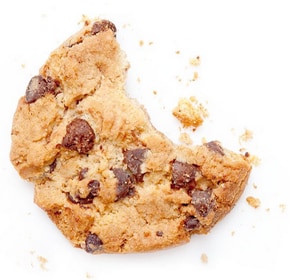Author: Chen J, Chen C, Xia C, Huang Z, Zuo P, Stemmer A, Song B. (anho/ktg)
Source: Abdom Radiol (NY). 2018;43(6):1393-403.
Last Updated: January 15, 2018
Validation of DCE-MRI for Liver Malignancies
Perfusion parameters of dynamic Primovist®-enhanced MRI correlate with the proliferation and vascularization status of hepatocellular carcinomas.
CT-derived tumor attenuation values and histological properties of the tumor, such as Ki67 protein expression or microvascular density (MVD), serve as prognostic factors for survival of hepatocellular carcinoma (HCC) patients. Dynamic contrast-enhanced MRI (DCE-MRI) may additionally serve as a non-invasive imaging method for HCC characterization. However, correlation of DCE-MRI derived perfusion parameters to histological grading is not well studied.
In a prospective study, Jie Chen, Sichuan University, Chengdu, China, and colleagues validated free-breathing dynamic Gd-EOB-DTPA (Primovist®)-enhanced MRI in HCC patients by correlating it to CT results and histological grading.
Method
Chen et al. included lesions of 34 patients with histologically confirmed HCC. In patients with multifocal lesions, Chen et al. only evaluated the largest lesion. All patients underwent free-breathing Gd-EOB-DTPA-MRI. 29 patients underwent additional preoperative tri-phase DCE-CT.
Two blinded radiologists in consensus reviewed DCE-MR images of the patients and determined quantitative perfusion parameters, such as Ktrans, Kep,, Ve, and iAUC of the lesions. The radiologists also analyzed the DCE-CT images and determined tumor enhancement during the unenhanced (UE), arterial (AE) and portal venous phase (PVE). A pathologist additionally graded the tumors as low- or high-grade tumors according to the Edmondson-Steiner classification and assessed Ki-67 expression level and MVD.
Chen et al. assessed diagnostic performance of DCE-MRI by comparing it to histopathological results. They further performed statistical analysis to correlate MRI- and CT-derived values.
Results
Histopathology revealed 19 low-grade tumors and 15 high-grade tumors. Ktrans and iAUC showed significant correlation with histological grade. There was a significant negative correlation between Ktrans and the Ki67 expression (rho= -0.408, p=0.019) and between MVD and Kep (rho=-0.405) and Ve (rho=0.385).
DCE-MRI parameters also correlated with CT-derived values. There was a significant correlation between Ktrans or iAUC and AE or PVE (rho between 0.447 and 0.5558; p< 0.05 for all correlations). Kep, and Ve did not correlate with AE or PVE.
Ktrans, Kep and iAUC were significantly higher in HCCs compared to background liver parenchyma, whereas Ve was significantly lower in HCCs (p<0.001 for all). Diagnostic performance of Ktrans, Kep and iAUC for discrimination between low- and high-grade HCCs was similar (areas under ROC curve between 0.77 and 0.8).
Conclusion
The results of quantitative liver DCE-MRI correlate with CT-derived parameters and histopathological results. Chen et al. suggest free-breathing DCE-MRI with Gd-EOB-DTPA as an alternative to CT plus histology for the evaluation of HCCs. However, larger studies are needed to confirm the results and to assess intra-individual variability of DCE-MRI parameters.


